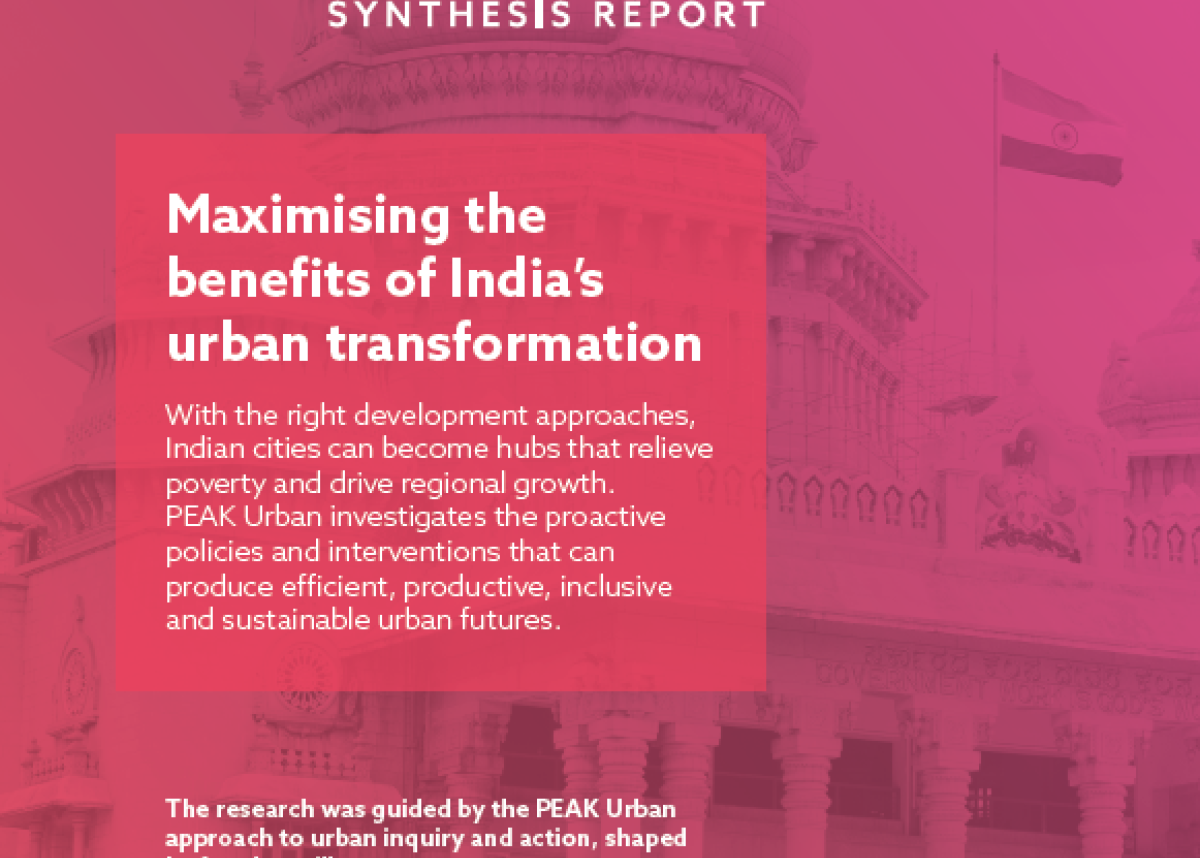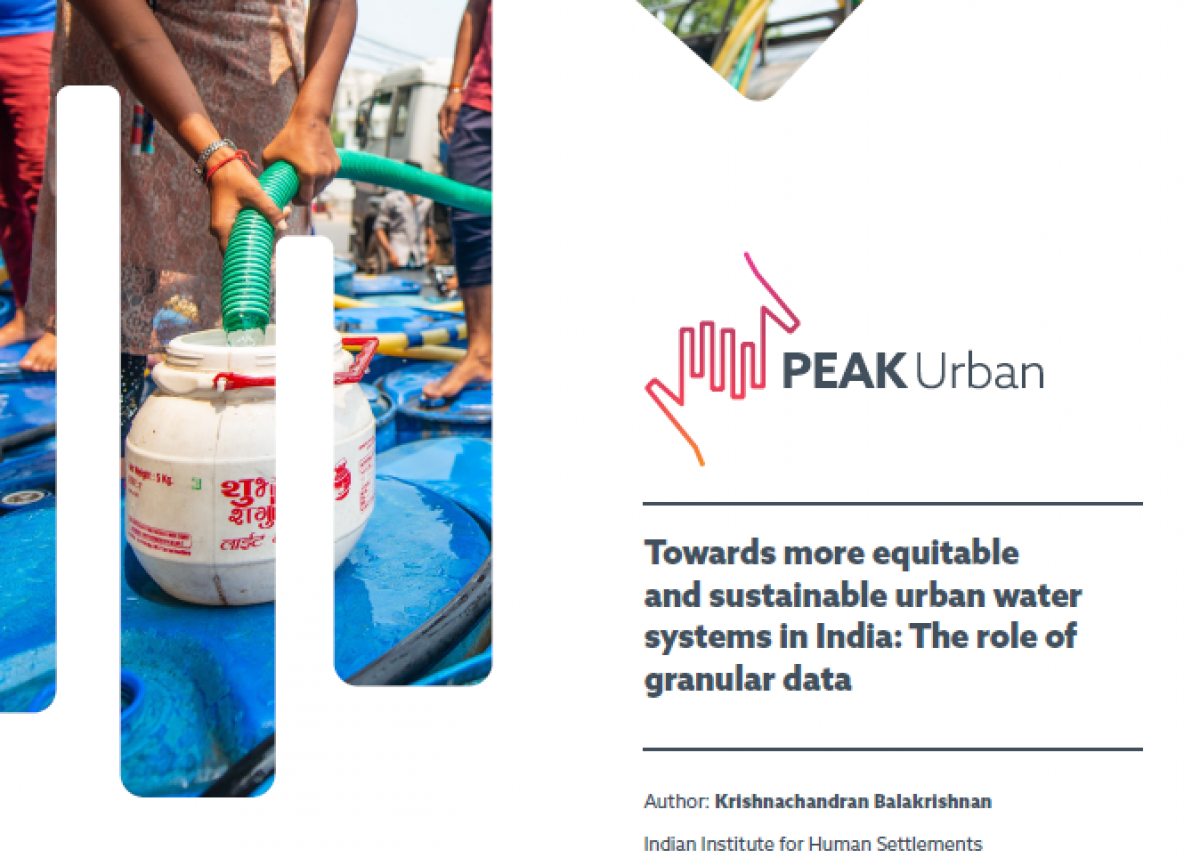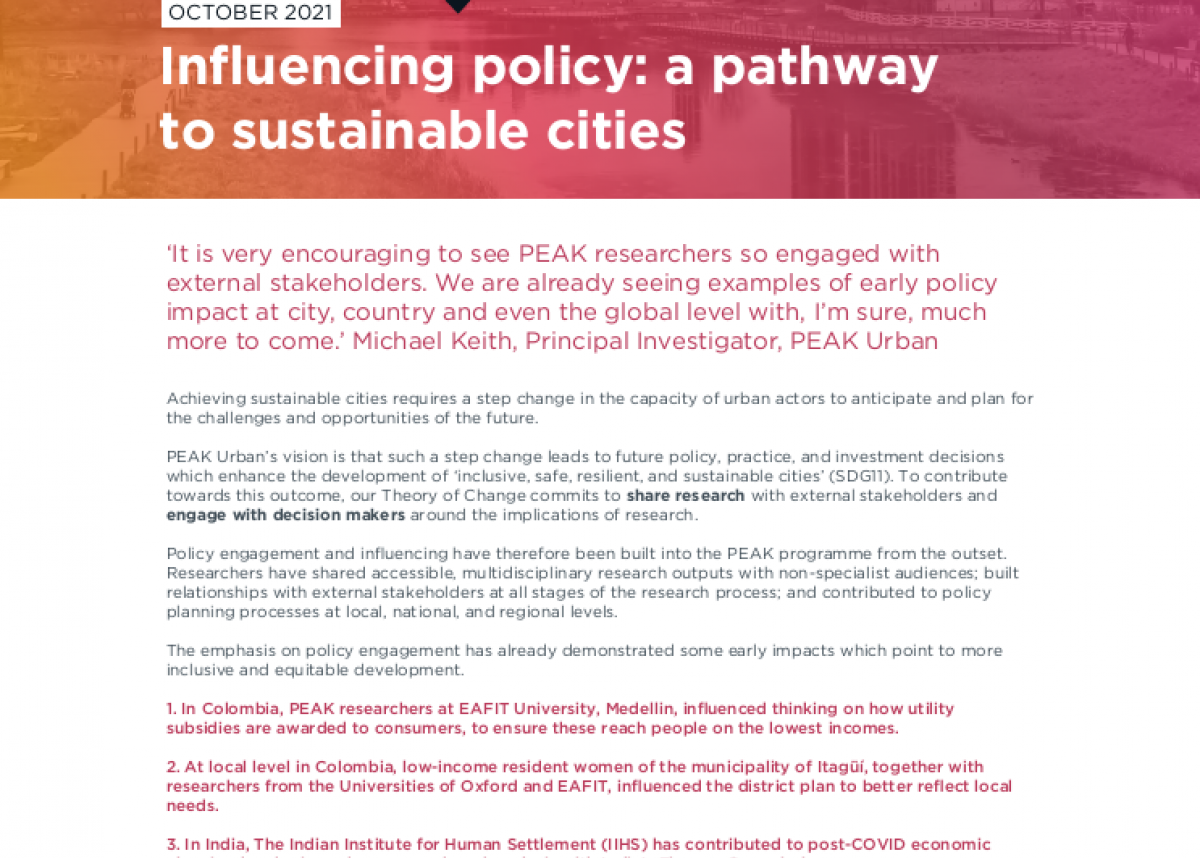
Unpacking Impact of Real Estate Policies and Regulations on Inclusive Housing Development in India
India’s economy was liberalised in 1991, with regulatory reforms and easing of licence regimes facilitating significant privatisation across sectors. This led to rapid GDP growth, but also increasing inequality. The real estate sector in particular has been a significant contributor to this dichotomy. While the sector has grown in terms of private-sector participation, global capital flows and GDP metrics, its focus has been both narrow and exclusionary. Geographically, India’s metropolitan centres have benefitted more than second- and third-tier cities. Real estate demand from sectors such as information technology, biotechnology and other globally connected sectors of the knowledge economy, across residential and commercial asset classes, have captured a substantial proportion of new investment interest in the real estate sector. This briefing seeks to inform policy to address the dichotomy emerging in the formal housing sector between investment growth and affordability, within the context of India’s post- liberalisation real estate growth. It reviews three key regulatory reforms that have restructured the processes and range of actors operating within the formal housing sector: the deregulation of foreign direct investment, the Real Estate (Regulation and Development) Act (2016) and the Insolvency and Bankruptcy Code (2016). These reforms have a direct impact on the sector’s capacity to meet the country’s housing need. Drawing on primary research with key stakeholders in real estate financing in India, the briefing shows how these reforms target a narrow range of stakeholders in the housing sector, with deep equity implications for India’s urban future


